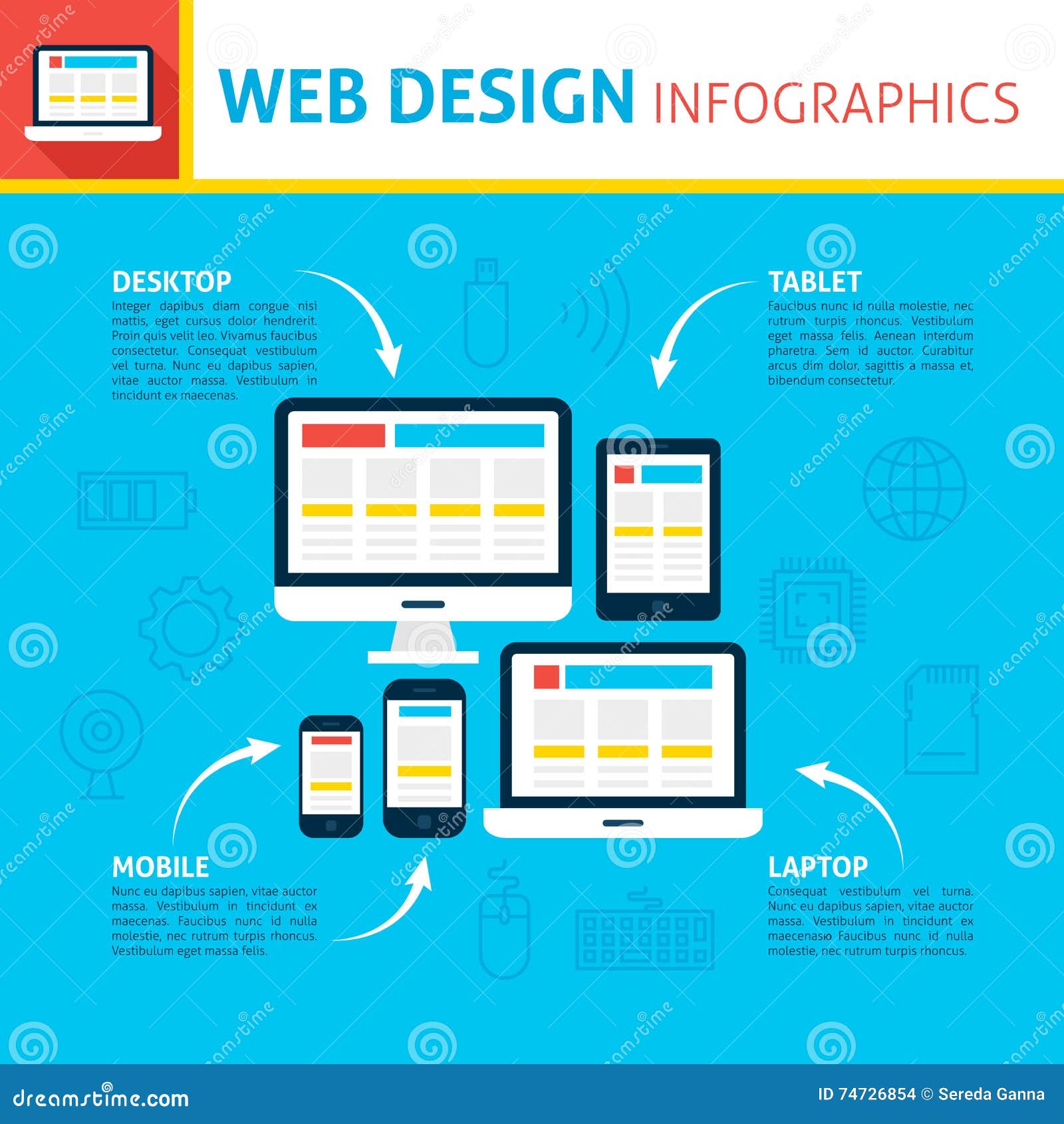When it pertains to web site design, making sure user-friendliness is vital. From responsive layout to structured navigating, every component plays a crucial duty in developing a website that accommodates your audience's requirements. Yet what concerning the better details that can make or break a customer's surfing experience? Stay tuned as we uncover some often-overlooked pointers that can elevate your site's use to the next level, making it genuinely stand apart in the electronic landscape.
Significance of Responsive Design
Receptive layout is a vital facet of contemporary web site development. Guaranteeing your web site is receptive means that it can adapt to various display sizes and gadgets, offering a smooth experience for individuals.
With the enhancing use smart devices and tablets to access the web, having a responsive style is important for reaching a larger audience. It assists in boosting user experience by making your site very easy to browse and keep reading any device.
In addition, receptive style can favorably affect your internet search engine rankings, as internet search engine like Google focus on mobile-friendly sites. By having a receptive style, you're likewise future-proofing your website, as new gadgets with differing screen sizes continue to arise.
Simplify Navigating Structure
To improve customer experience and help with simple access to info on your site, enhancing the navigating structure is paramount. When designing mouse click the next web page , focus on creating a clear and user-friendly navigating food selection that helps site visitors discover what they're trying to find promptly.
Limit the variety of menu things to the essentials, grouping associated pages together to prevent frustrating users. Use https://www.dailyhawker.com/business/growing-your-cannabis-business-7-seo-tips/ that plainly suggest the content of each page, making it easier for individuals to comprehend where each web link will certainly take them.
Consider carrying out dropdown menus for subcategories to prevent jumbling the major navigation bar. Additionally, consist of a search bar plainly on the page for individuals who prefer searching for specific information.
Prioritize mobile responsiveness in your navigating style to ensure very easy accessibility on all tools.
Optimize Page Lots Speed
Improving page lots rate is essential for keeping site visitors on your website. Slow-loading pages irritate users and can result in high bounce prices. To optimize page load rate, beginning by optimizing pictures. Compress photos without endangering quality to decrease their data sizes.
In addition, allow web browser caching to save regularly accessed sources locally, accelerating lots times for returning visitors. Minify CSS, JavaScript, and HTML documents by removing unnecessary personalities, remarks, and format, enhancing tons speed.
Consider utilizing a content shipment network (CDN) to disperse your site's content across multiple servers worldwide, decreasing latency for customers accessing your site from different locations. Finally, limit the use of third-party manuscripts and plugins, as they can substantially influence load times.
Final thought
Finally, by integrating receptive layout, streamlining navigating, and enhancing page load speed, you can develop an user-friendly web site that appeals to a wider target market and enhances customer experience. These essential elements guarantee that site visitors can quickly accessibility and browse your website across different tools, leading to raised engagement and fulfillment. By focusing on these essential facets, you can develop a successful site that keeps individuals coming back for more.
